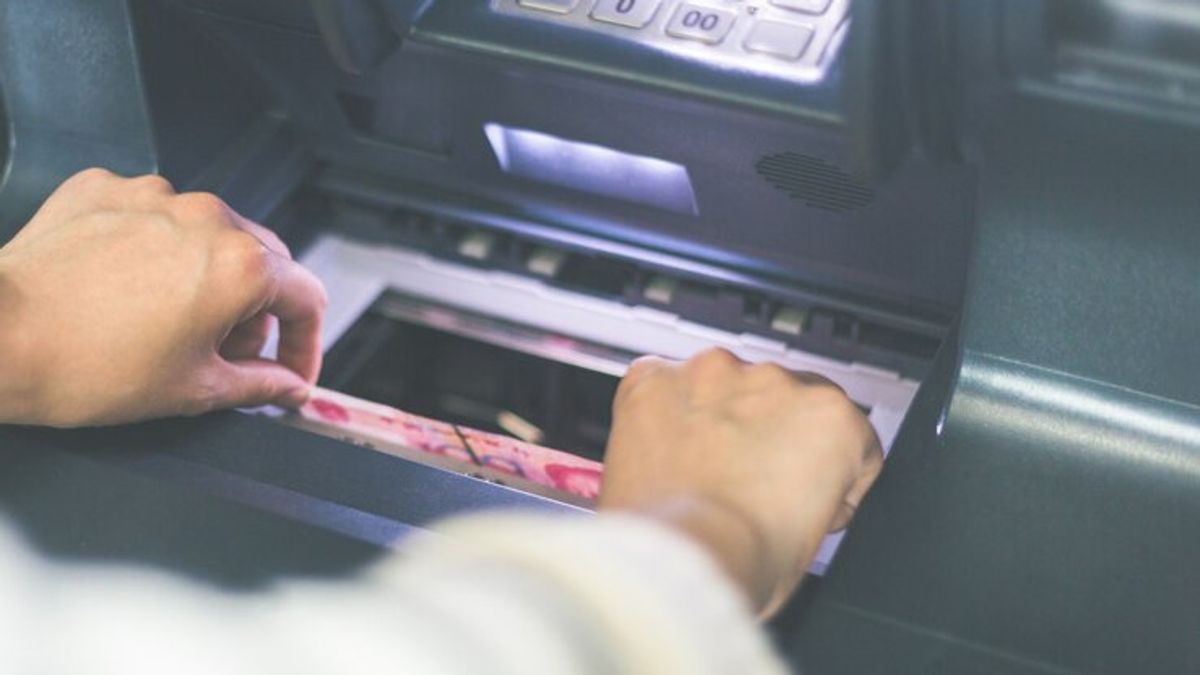Cases of burglary of bank accounts are increasingly occurring in this digital era, the modus operandi is increasingly diverse and difficult to predict. Unfortunately, there are not many customers who really understand how the characteristics of bank accounts are broken into.
So, how do we know if our account has been the target of a crime? This article will review in detail the characteristics of the bank accounts that have been compromised, so you can immediately take precautions.
Reporting from the OCBC NISP Bank page, here are some of your bank account signs in danger:
If at the time of the transaction, your ATM card is rejected for no apparent reason, immediately suspect any suspicious activity in your account. Blocking the card can be an attempt by the perpetrator to hide traces of the crime.
Have you ever experienced a situation where access to online banking applications is suddenly limited for no apparent reason? If so, there is a possibility of unauthorized attempts to access your account.
Please note, successful cyber attacks are often marked by sudden password changes, thus preventing account owners from accessing and securing their assets.
A deep surprise when realizing that personal savings are running low drastically for no apparent reason is often an early sign that your bank account has been misused.
SEE ALSO:
Email connected to a bank account will receive notifications whenever an activity occurs on an account, from transactions to changes in settings.
One of the suspicious signs is that the notifications fail to log in repeatedly, especially if you don't make these login attempts.
If you find yourself constantly having trouble accessing bank accounts and the bank informs you that your account has been blocked without any requests from you, then it is very possible that your account has been the target of cybercrime.
The question is whether the funds lost due to account breaches can return, have an answer that is not always certain. This is because it depends on several factors, including:
The sooner you report to the bank, the more likely it is to track and freeze suspicious transactions.
Burglary through skimming, phishing, or other methods has a different level of success in fund recovery.
Before continuing, read the article in VOI about What Is Skimming: Here's the Retail
Please note, each bank has a different policy regarding compensation for funds lost due to burglary. Some banks may bear customer losses, while others don't.
The more evidence you have regarding illegal transactions, the stronger your position in filing claims.
Don't want your account to concede and the money doesn't come back? Here are some things you can do as an anticipatory measure:
Do not carelessly provide personal information such as account numbers, PIN, or passwords to anyone.
Don't click suspicious links or open emails from unknown senders.
Make sure you always avoid accessing banking services through an unsafe public Wi-Fi network.
Take advantage of the additional security features provided by your bank, such as two-factor authentication (2FA).
Check regularly your account mutations to detect unauthorized transactions.
In addition to the characteristics of bank accounts being broken into, follow other interesting articles too. Want to know other interesting information? Don't miss it, keep an eye on the updated news from VOI and follow all the social media accounts!
The English, Chinese, Japanese, Arabic, and French versions are automatically generated by the AI. So there may still be inaccuracies in translating, please always see Indonesian as our main language. (system supported by DigitalSiber.id)

















